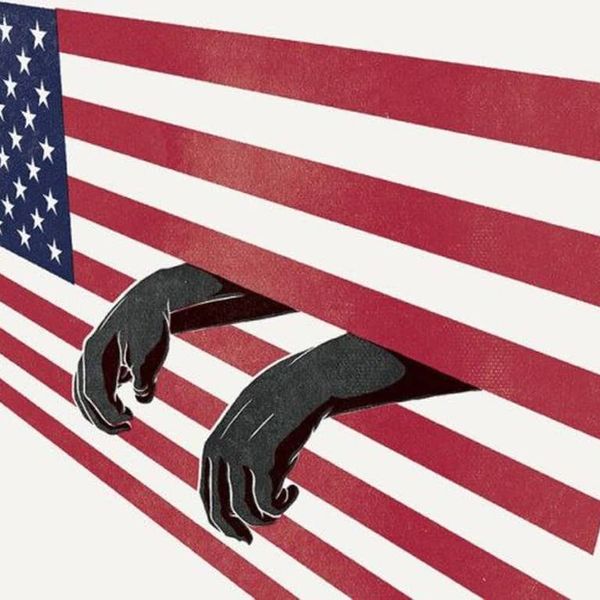History of Mass Incarceration
The timeline mapped within City of Inmates’ accounts spans over two centuries. With such a broad spectrum of time, Hernandez’s approach toward her explanation on how mass incarceration became so deeply rooted within Los Angeles’ infrastructure also feels broad at times. Despite this, she collects enough evidence to support her thesis and the relations she draws from the historical accounts supports the driving mechanisms and issues highlighted within her thesis.
To start of with, Hernandez lays the foundation of elimination via incarceration within a colonial Spanish time-frame. Here she establishes that Los Angeles was a product of systematic oppression. She highlights real physical caging that the missionaries did that separated men and women within dormitories, as well as a rigid caste system that greatly unfavored the local indigenous tribes. Unequal policing also subjugated many indigenous men and women to be forced into labor or jailed. Hernandez reveals here that policies which oppress a certain group of people have existed within the Los Angeles area for quite some time. Of course, some readers may not be convinced; it has been over 200 years since such actions have occurred and relating those said actions to their modern day equivalents seems like a far stretch.
In order to strengthen the claim that systematic incarceration has long intersected and affected certain minority groups, Hernandez builds upon this foundation with her other accounts. She reveals that the expansion of the Los Angeles prison network, as well as the influx of indigenous people within their cell walls, have driven their population to a rapid decrease. With natives being forced to work physically heavy jobs with little to no pay or be forced to do so within a chain gang with little to no compensation, Hernandez reveals here that the jail system, along with laws and policies that passed, were in the forefront of the “legal” system’s methods of incarcerating and eliminating minority groups. The legal system by the late 1800s also attacked the less fortunate; as chapter two outlines the targeting of Los Angeles’ evergrowing “tramp” population. Building off of the Spanish colonial setting, Hernandez claims that these issues sprouted from a historically white colonial mindset. Issues like the ones she outlines here still occur today.
Incarceration in Political Infrastructure
So far, Hernandez claims that incarceration has long been within Los Angeles’, as well as, America’s political infrastructure. These ideals have affected the way people view modern day problems as well as their legal lexiconal terms. Within the third chapter, Hernandez argues that “illegal” immigration was merely a term to control the immigrant population. She outlines The Geary Act and its xenophobic propositions against Chinese immigrant workers as well as the first accounts of unregistered immigrants being criminalized. This was created to control the influx of immigrant workers entering the United States. Here, she implies the question, “what makes a human really illegal?” The status of an undocumented resident being illegal, she claims is rooted within xenophobic ideals, and deportation, in this case, was the method of elimination that was proctored. Chapter 5 further discusses this proposal by discussing the criminalization of border crossing as well as the large amount of Mexican migrant workers that were jailed as a result during the 1920s and 30s.
Conclusion
Here it is shown that the jailing of such individuals created a controllable work force. This is a compelling argument, although, it does not provide enough counterpoints to combat how ideologies and reasoning can change over the course of time. Although, the reader is able to recognizes the parallels between this account and modern day mass incarceration due to the current climate of immigration, thus leaving this set of accounts a little more open ended to interpretation via the reader.

